#GasMileage
The 2018 E-Pace Drinks More Than Its Bigger Brother
Just to clear things up right off the bat, Jaguar’s newest model, the E-Pace, is not the brand’s upcoming electric sport crossover. That’s the I-Pace. Because “I” stands for … ions, we presume.
No, the E-pace is the smaller answer to Jag customers looking for something less than an F-Pace, but not too much less. Riding on the Range Rover Evoque platform, the E-Pace boasts less overhang and a shorter overall length, while retaining the styling cues and handling of its popular larger sibling. However, despite being smaller in most dimensions, there’s one area where it actually tops the F-Pace: in consumption of fuel.
The New Thriftpower? EPA Says Less-thirsty 2018 Ford Expedition Tops Its Class
There’s nothing quite as uncertain as that little number staring at you from the window sticker of a new vehicle. It’s two digits long (unless you’re fabulously rich), followed by the word “combined.” We’re talking, of course, about the Environmental Protection Agency’s fuel economy rating, which often turns out to be an impossible-to-reach goal or — if you’re lucky — a lowballed figure.
Back in the days of lapels and flares, the hot gas mileage action was found in the compact and subcompact class. Economy cars, after all. Well, people these days prefer driving a vehicle that seats at least five adults in comfort while towing a boat and hauling 65 pounds of kid’s toys and a dog in the rear cargo area. With the heyday of the cheap little car long gone, the (fuel) economy battle rages anew among the largest, and most lucrative, vehicles on the road.
So, do you believe the EPA when it says the massive 2018 Ford Expedition gets 20 miles per gallon combined?
The Thirst is Real: Nissan Rogue Sport Gets Worse Fuel Economy Than Larger Rogue Sibling
Less cargo capacity, less horsepower, a lower entry price and … worse fuel economy? That’s the reality for buyers of the 2017 Nissan Rogue Sport, also known as the Nissan Qashqai in Canadian and overseas markets.
The Environmental Protection Agency has released its thirstiness rating for the slightly smaller compact crossover, which was tossed into the Nissan’s North American lineup to fill a narrow gap in the brand’s utility offerings, and some might find the official numbers disappointing.
Ford Miffed by EPA's 'Eleventh-Hour Politics,' Turns to Trump for Help
Ford Motor Company CEO Mark Fields doesn’t have kind words for the Environmental Protection Agency’s surprise decision to keep long-term fuel economy targets in place.
A mid-term review of corporate average fuel economy (CAFE) targets set in 2012 kicked off earlier this year, but the timing of the agency’s recent decision to maintain the 54.5 mile-per-gallon goal reeks of politics, Fields claims.
For automakers, reaching 54.5 mpg means extra costs. To avoid this, Ford is prepared to turn to its election campaign sparring partner — President-elect Donald Trump — for help.
Nah, We're Keeping Our Fuel Economy Targets: EPA
Fuel economy standards set by the Obama administration for the 2022 to 2025 model years will remain, the Environmental Protection Agency has stated.
The environmental regulator announced its proposed determination earlier today, part of its midterm review of the country’s corporate average fuel economy (CAFE) targets. Forget cheap gas and never mind the SUV craze — 54.5 miles per gallon is still the government’s goal.
Consumer Reports Says EPA Fuel Economy Labels Are Pretty Accurate, Right Before the EPA Changes Them
Barring those pesky instances where automakers were forced to hand cash to buyers as a make-nice gesture, the Environmental Protection Agency fuel economy labels found on window stickers are actually pretty accurate.
That’s the verdict from Consumer Reports’ just-released study on the real-world mileage of 2009-2016 model year vehicles, but it comes with an asterisk. Don’t break out the champagne just yet, EPA.
Okay, Now America's Dislike of Cars is Starting to Show
The post-recession era was an interesting one. As automakers struggled to cram every last piece of fuel-saving technology into their vehicles, gas prices shot up and grimly stayed put. Engine displacements small enough to inspire locker room bullying were suddenly the mainstream.
Naturally, both corporate average fuel economy (CAFE) and sales-weighted fuel economy shot up like U.S. jobs numbers.
America’s rapidly growing lust for light trucks, crossovers and SUVs has been well documented, but until now, the trend has only served to flatline the average gas mileage of the country’s new vehicles. Well, the trend could only go so far before reaching a tipping point.
Ford Piles on the Tech, Squeezes More Mileage From the 2017 F-150
It’s not a revolution in fuel efficiency, but an evolution.
Ford added a healthy dose of new technology to the 2017 F-150’s 3.5-liter Ecoboost V6 powertrain, but the significance of the newfound efficiency depends on who you ask. To the folks at the Blue Oval, it’s a mileage boost worthy of celebration. To would-be buyers, it’s a minor perk, but tell me more about the torque.
Ford UK, Always the Optimist, Enters Mustang GT in MPG Marathon
Throughout its life, the Mustang GT has been called many things, from sexy, to speedy, to downright stupid — but never has it been called a fuel sipper. Ford UK doesn’t seem to care.
For the UK’s annual fuel economy challenge, one of Ford’s entries will be the 410-horse Mustang GT convertible, which is rated for an optimistic 20 miles per gallon in Great Britain.
Automakers Step Up Battle Against U.S. Fuel Economy Target
As low gas prices persist and electric vehicles fail to find the widespread traction once predicted by the Obama White House, automakers have supercharged their fight against the country’s lofty 2025 fuel economy target.
Fuel prices and the popularity of trucks and SUVs means the federal 54.5 mile per gallon target isn’t reasonable, automakers say. Continuing down the same road and pretending the landscape hasn’t changed? That’s a recipe for disaster, according to industry groups.
H2Oh Yeah: Bosch's Power-Boosting Water Injection System Now Available to Automakers
Bosch, the creator of the horsepower-boosting water injection system in the BMW M4 GTS, will now offer the technology to any automaker that wants it.
Spraying distilled water vapor into an engine’s combustion chamber has an added bonus of greatly increasing fuel efficiency — meaning Bosch might have a lineup at its door when the system enters mass production in 2019, Autocar reports.
Three Lawmakers Want Regulators to Pump the Brakes on Fuel Economy Review
Whoa, slow down a minute. That’s the message from three Republican members of the House Energy and Commerce Committee, which is reviewing fuel economy targets set out for automakers.
The members want more time for car companies to respond to a key report about the 54.5 mile per gallon corporate average fuel economy (CAFE) target, The Detroit Free Press reports.
Are We Headed Towards a High-Octane Future? The EPA Thinks So
Low-octane gasoline. It was great for the detuned boat anchors found under the hoods of 1970s Malaise-era barges, because you weren’t having fun, anyway.
The future of gasoline-powered vehicles is all about high-compression engines and ever-stricter environmental regulations, meaning gasoline with higher octane than today’s pumps can provide could be on the horizon.
Honda Files Transmission Patent, Cranks It to '11' (Speeds)
Apparently, the 10-speed automatic transmission co-developed by Ford and General Motors doesn’t impress Honda, because it wants a gearbox with more cogs.
The Japanese automaker recently filed a patent for an 11-speed, triple-clutch transmission, AutoGuide reports.
Audi Develops Suspension That Generates Electricity, Boosts MPG
The search for better fuel economy takes engineers down weird paths, and the latest plan to wring out extra mileage is no different. It involves an unlikely part of the vehicle — the suspension.
Audi just announced a new suspension system that harvests wasted energy and turns it into electricity, capable of adding juice to a vehicle’s 48-volt electrical subsystem.




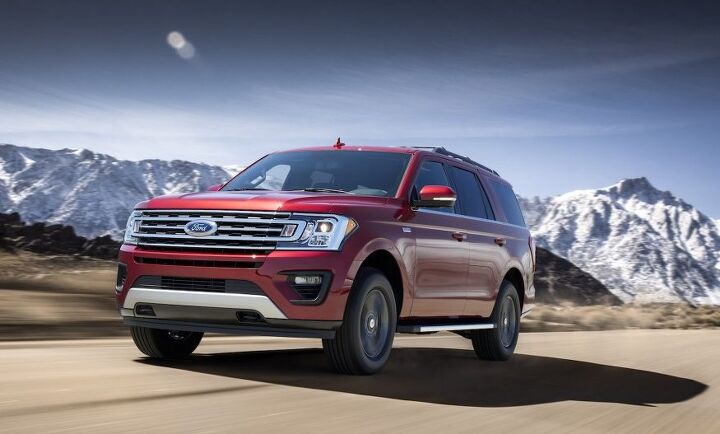

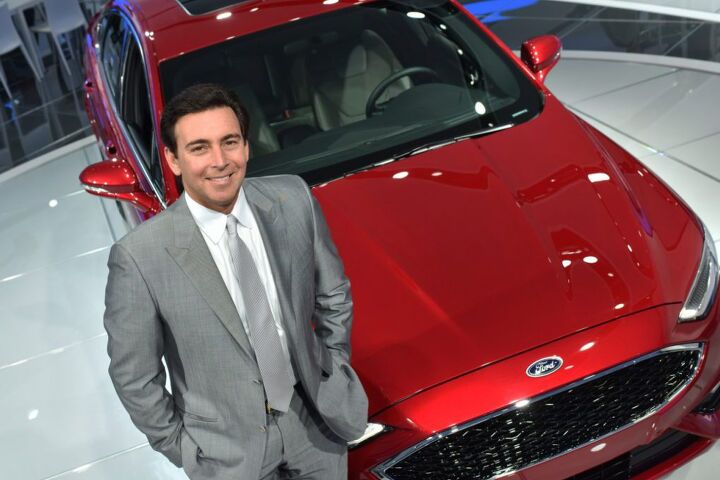



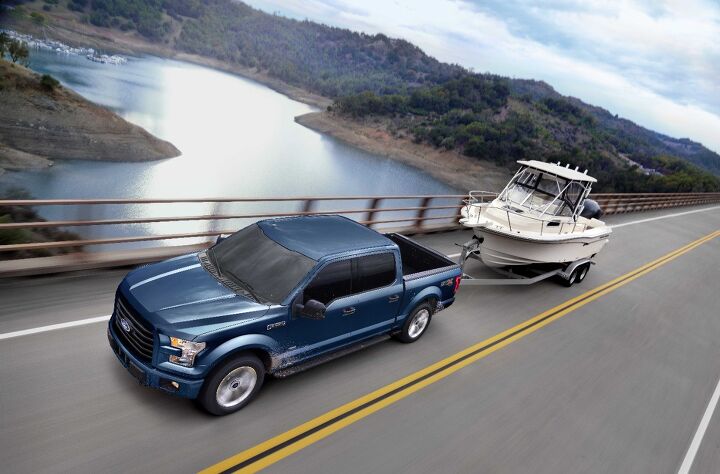
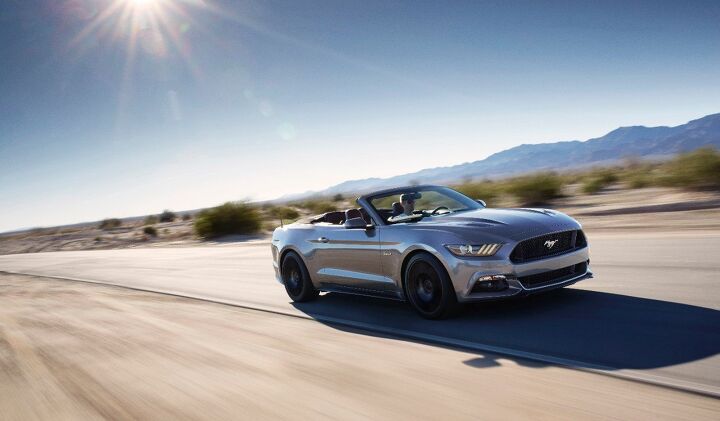
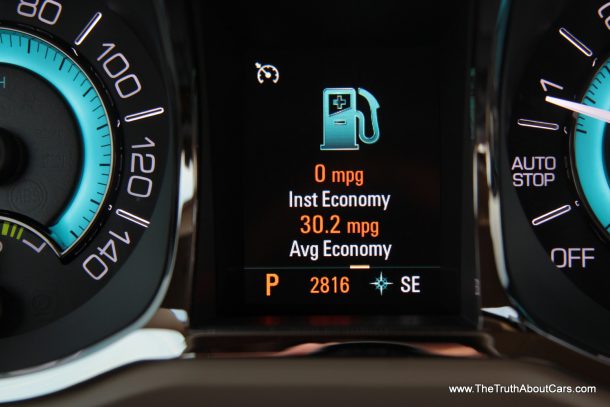
















Recent Comments